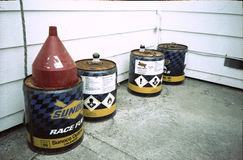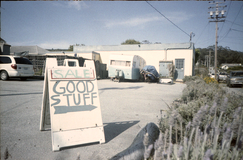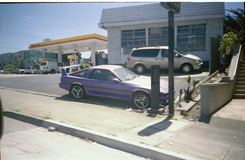WP-1
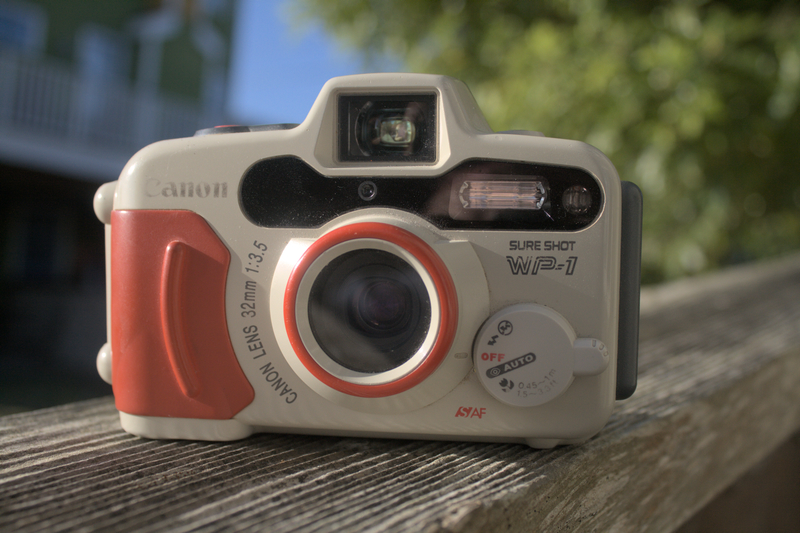
- Year: 1994
- Manufacturer: Canon
- Origin: Japan
- Film Format: 35mm
- Lens: Canon 32mm f/3.5
- Lens Construction: 6 Elements/6 Groups
- Focus: Single Point Autofocus, 0.45m to Infinity
- Shutter Type: Leaf Shutter
- Shutter Speeds: 1/60-1/250
- Meter: Centerweighted Silicon Meter
- Viewfinder: Optical w/ Brightlines
- Exposure Modes: Program
- Flash: Integral Flash, 1/250 Sync Speed
- Battery: 1x CR123A
- Dimensions: 133x88x56mm, 655cm3
- Weight: 385g
This camera stumbled into my life out of nowhere, really. I'd been researching waterproof cameras, mostly because my partner and their family like to go boating, and I thought it'd be nice to have a camera I didn't have to worry about getting splashed with salt water. But all the cameras I found were quite expensive on ebay, and I had kinda given up when I stumbled upon this WP-1 in a goodwill for $6 while I was on a trip. I bought it immediately, and it turned out to be in fantastic shape, and a great camera even firmly on land to boot.
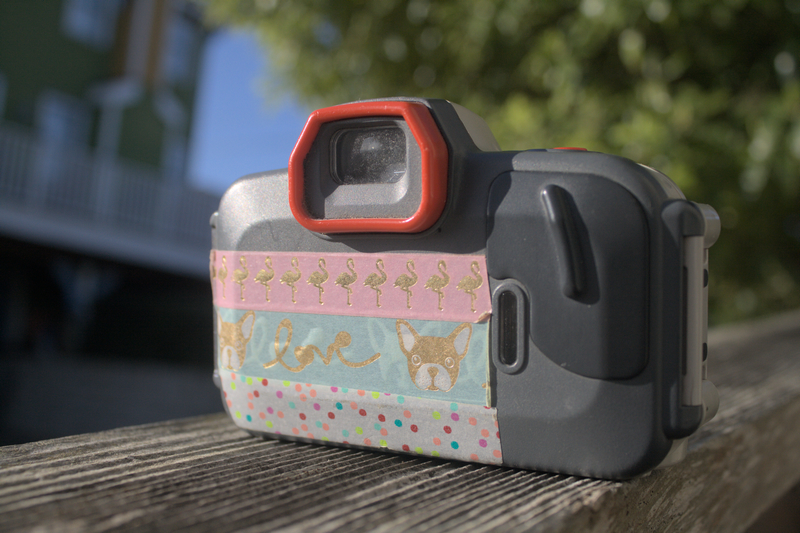
There weren't a whole lot of makers of waterproof film cameras, but there were still a fair few made over the decades. On the high end, you had Nikon with the Nikonos line, featuring all the bells and whistles and with successive versions from 1963 all the way to 2001. There was also Minolta, who made a wide variety of underwater cameras, including zoom capable point and shoots and even tiny 110 cameras, all in bright colors. There were a smattering of other options, from Konica, Fuji, and others, as well as the ubiquitous disposable options. While Canon wasn't nearly as prolific as many of these companies, the cameras they did produce were perfectly competent options to take to the beach or on the water.
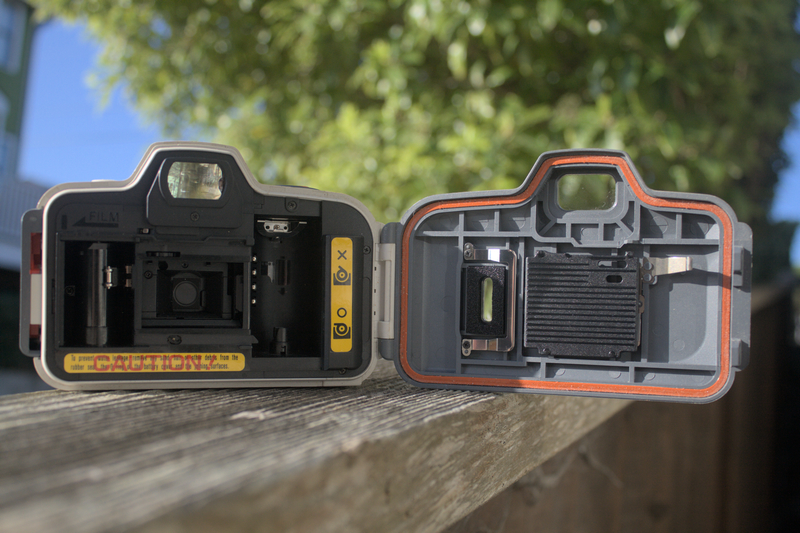
The WP-1 was the final underwater film camera Canon made, and it incorporates just about everything from their previous options, plus plenty from their standard point and shoot lines as well. It's got a massive viewfinder, easy to see through even with goggles on, and all the controls are oversized to be easily workable through gloves. Disabling the flash is a setting on the front dial, which is easy to do without thinking too much. The wider than usual 32mm lens is also a nice surprise, presumably added because shooting underwater narrows lens field of view, turning the lens into something closer to a 50mm. I don't understand why, but it's apparently some quirk of light and optics.
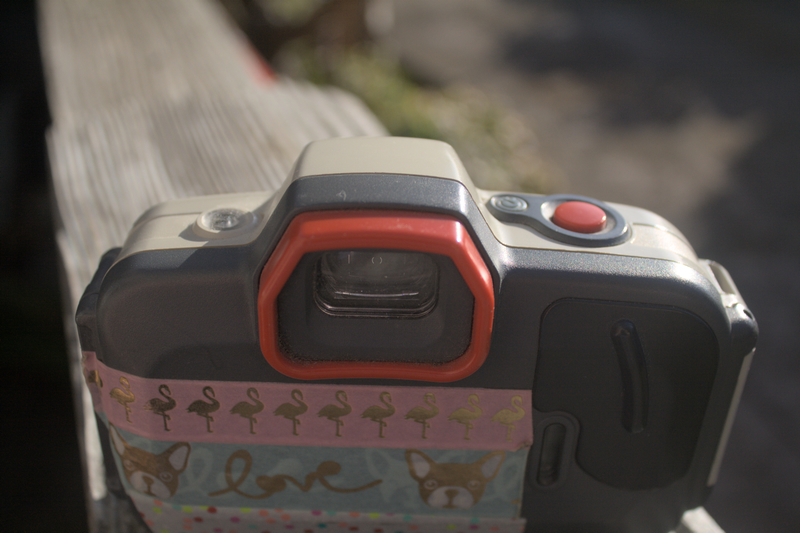
It's not a very pocketable camera, but most of my shots with it have been nowhere near the water. The only time it's actually been underwater was the time I stuck it in my fish tank, but I couldn't focus close enough to actually get any decent photos. Even still, I'm glad to have it, it's a niche use, but a valuable niche to me.

